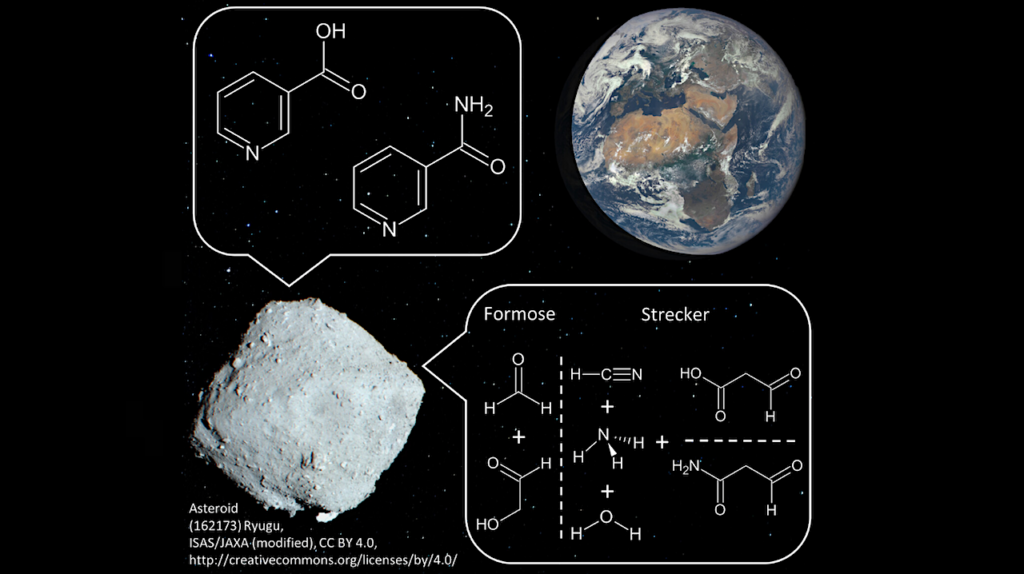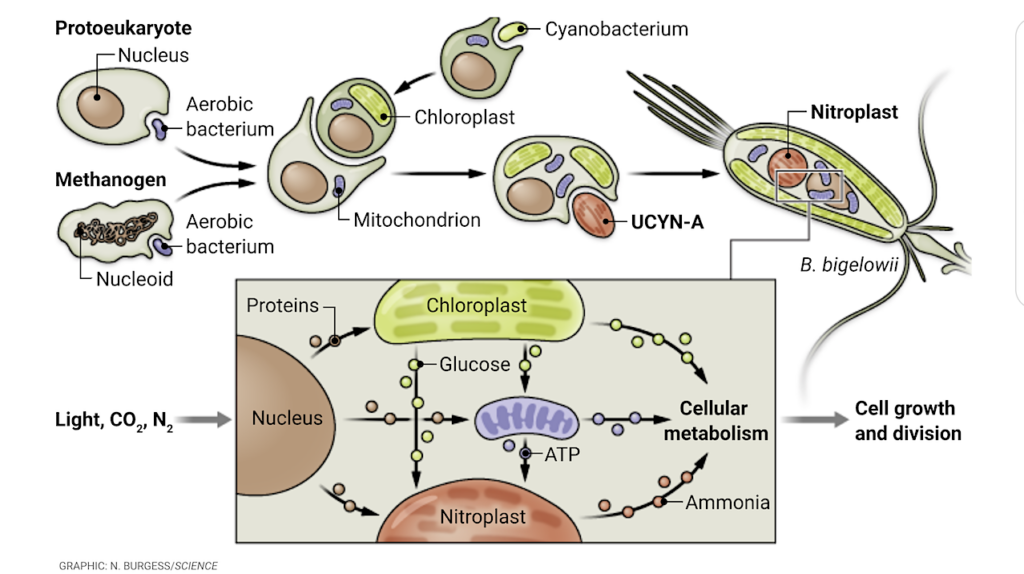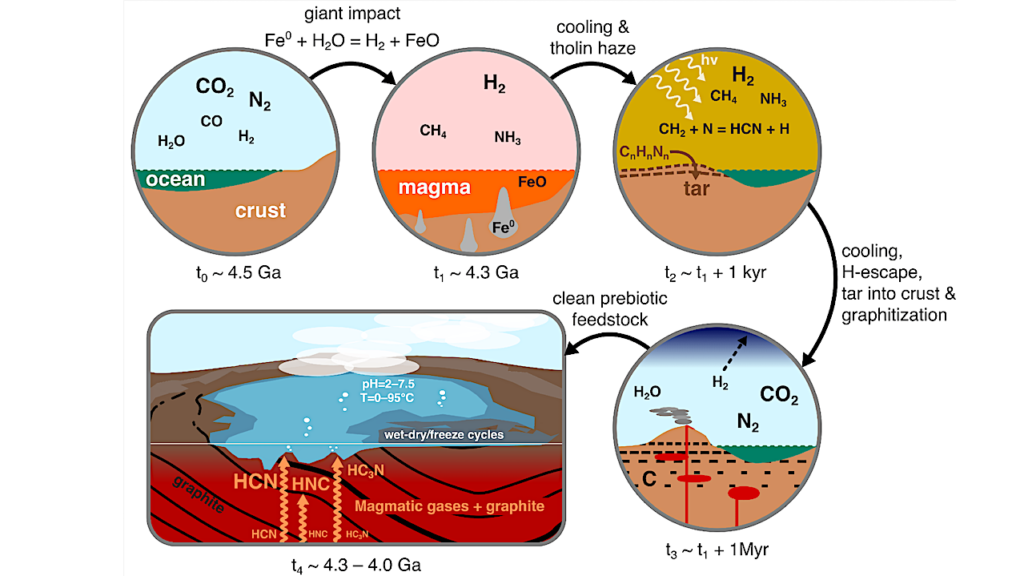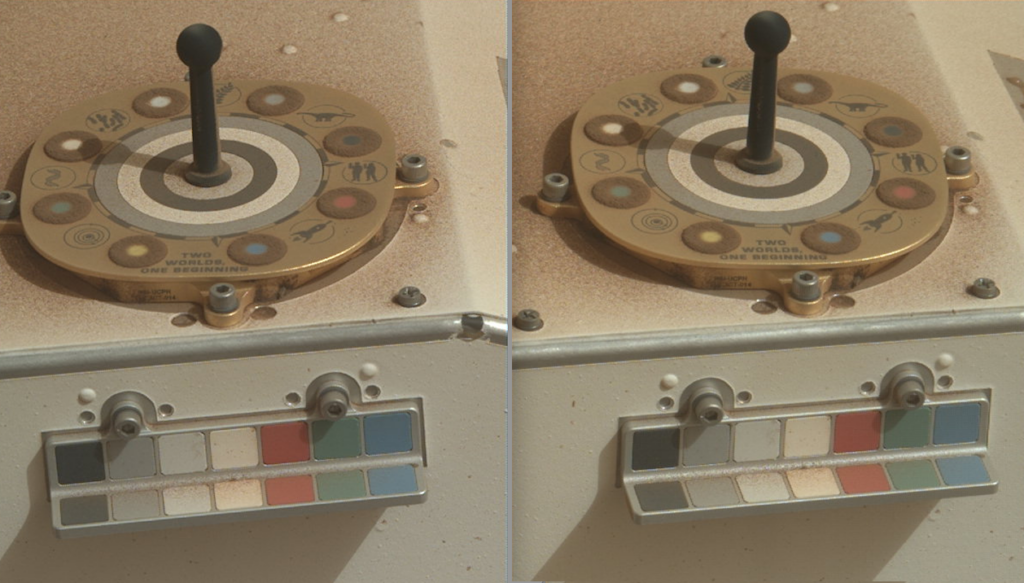RNA Origins in Sheets of Clay
An example of the mineral montmorillonite (Pen for scale). This sample comes from the mineral collection of Brigham Young University Department of Geology, Provo, Utah. Photograph by Andrew Silver.
One popular hypothesis for the origin of life suggests that the nucleic acid, RNA, performed two important roles: RNA stored genetic information and also catalyzed the chemical reactions that helped get life started. A hurdle in this route to life is that we don’t know how the first RNA molecules themselves were formed. A new study supported by the NASA Astrobiology Institute and led by James Ferris of NAI’s New York Center for Astrobiology at Rensselaer Polytechnic Institute Team may further our understanding of the ‘RNA world’ hypothesis.
RNA molecules are built from smaller pieces (a.k.a. monomers). When pieced together to form RNA, these monomers must be ‘activated’ – in other words, they need to be switched ‘on’ and chemically ready to react with other molecules. This produces a strand of RNA that could be useful in the RNA world scenario.
A new study is shedding light on this step in the process. The research focuses on montmorillonite – a group of soft minerals that are usually found in the form of clay and occur naturally on Earth. Previous work has shown that activated nucleic acids can be formed when montmorillonite minerals are present to catalyze the reaction. However, not all montmorillonites are catalytic – and the new research is helping us understand why. The extent of catalysis depends on the magnitude of the negative charge between layers of montmorillonite minerals, the number of negatively charged ions that produce this charge, and also the pH at which the reaction occurs.
The study also reveals new characteristics of the RNA molecules formed by montmorillonite catalysis, and is beginning to unravel the mechanism by which montmorillonite helps RNA form.
Scientists are not sure if montmorillonite or nucleic acids were present on the early Earth, but it is possible. Additionally, the recent discovery of montmorillonite on Mars raises questions about whether or not a similar process could have occurred on the red planet.
The study, “The role of montmorillonite in its catalysis of RNA synthesis” was published in the journal Applied Clay Science under lead author Michael F. Aldersley and coauthors Prakash Joshi, Jonathan Price and James Ferris.








